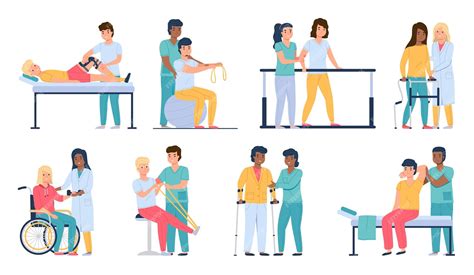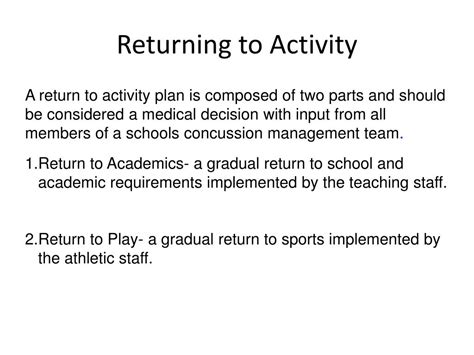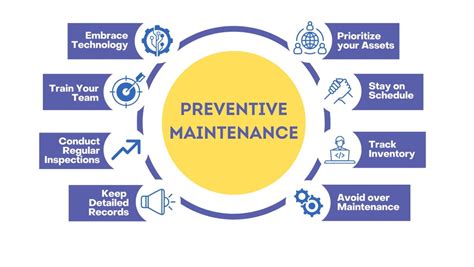Intro
Treat a broken knee cap with effective methods, including physical therapy, knee cap surgery, and pain management, to alleviate knee pain and promote healing, ensuring proper knee cap treatment and rehabilitation for a speedy recovery.
The knee cap, also known as the patella, plays a crucial role in our mobility and overall well-being. A broken knee cap, or patellar fracture, can be a painful and debilitating injury that affects daily activities. However, with proper treatment and care, it is possible to recover from a broken knee cap and regain full mobility. In this article, we will explore the importance of treating a broken knee cap and discuss five effective ways to do so.
A broken knee cap can occur due to various reasons, including direct trauma, falls, or sudden contractions of the quadriceps muscle. If left untreated, a broken knee cap can lead to chronic pain, limited mobility, and increased risk of complications such as arthritis or infection. Therefore, it is essential to seek medical attention immediately if you suspect a broken knee cap. A doctor will typically perform a physical examination, take a medical history, and order imaging tests such as X-rays or CT scans to confirm the diagnosis.
The treatment of a broken knee cap depends on the severity of the fracture, the patient's overall health, and their lifestyle. Mild fractures may be treated conservatively with rest, ice, and physical therapy, while more severe fractures may require surgical intervention. In some cases, a combination of both conservative and surgical treatments may be necessary. Regardless of the treatment approach, the primary goal is to promote healing, reduce pain and inflammation, and restore full mobility to the knee joint.
Understanding the Injury

5 Ways to Treat a Broken Knee Cap

Conservative Treatment
Conservative treatment is often recommended for mild, non-displaced fractures. This approach typically involves:
- Rest: Avoiding activities that aggravate the injury and giving the knee joint time to heal.
- Ice: Applying ice packs to reduce pain and inflammation.
- Compression: Using a knee sleeve or compression bandage to provide support and stability.
- Elevation: Elevating the leg above the level of the heart to reduce swelling.
- Physical therapy: Performing exercises to maintain range of motion, strength, and flexibility.
Benefits of Conservative Treatment

Surgical Treatment
Surgical treatment is often necessary for more severe, displaced, or comminuted fractures. The goal of surgery is to:
- Reduce the fracture: Aligning the bone fragments and securing them with screws, wires, or plates.
- Repair soft tissues: Reattaching torn tendons or ligaments.
- Promote healing: Stimulating blood flow and reducing inflammation.
 There are several types of surgical procedures that can be used to treat a broken knee cap, including:
* Open reduction and internal fixation (ORIF)
* Partial patellectomy
* Total patellectomy
* Arthroscopic surgery
There are several types of surgical procedures that can be used to treat a broken knee cap, including:
* Open reduction and internal fixation (ORIF)
* Partial patellectomy
* Total patellectomy
* Arthroscopic surgery
Pain Management

Pain management is a crucial aspect of treating a broken knee cap. The goal is to reduce pain and inflammation, promoting comfort and mobility. Common pain management strategies include:
- Medications: Over-the-counter pain relievers, such as acetaminophen or ibuprofen, or prescription medications, such as opioids or muscle relaxants.
- Alternative therapies: Acupuncture, massage, or physical therapy to reduce pain and promote relaxation.
Rehabilitation and Recovery

Returning to Activities

Prevention and Maintenance

Maintaining a Healthy Knee Joint

What are the symptoms of a broken knee cap?
+The symptoms of a broken knee cap may include severe pain, swelling, bruising, and difficulty moving the knee joint. In some cases, a broken knee cap may also cause a visible deformity or abnormal movement of the patella.
How long does it take to recover from a broken knee cap?
+The recovery time for a broken knee cap can vary depending on the severity of the fracture, the treatment approach, and individual factors. Generally, mild fractures may take 6-8 weeks to heal, while more severe fractures may take 3-6 months or longer to recover.
Can I prevent a broken knee cap?
+While it is not possible to completely prevent a broken knee cap, there are steps you can take to reduce your risk. These include wearing protective gear, maintaining strong quadriceps and core muscles, avoiding overexertion, and practicing good falling techniques.
In summary, treating a broken knee cap requires a comprehensive approach that addresses the underlying injury, promotes healing, and restores full mobility to the knee joint. By understanding the different treatment options, including conservative and surgical approaches, and taking steps to prevent and maintain a healthy knee joint, you can reduce your risk of complications and promote overall well-being. If you have suffered a broken knee cap, it is essential to seek medical attention immediately and follow a rehabilitation program to ensure a successful recovery. We invite you to share your experiences, ask questions, or provide feedback on this article, and we look forward to helping you on your journey to recovery.
